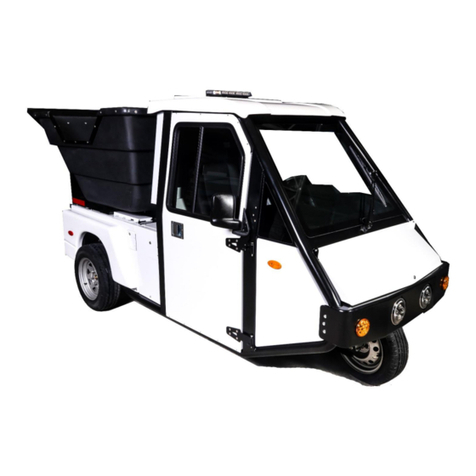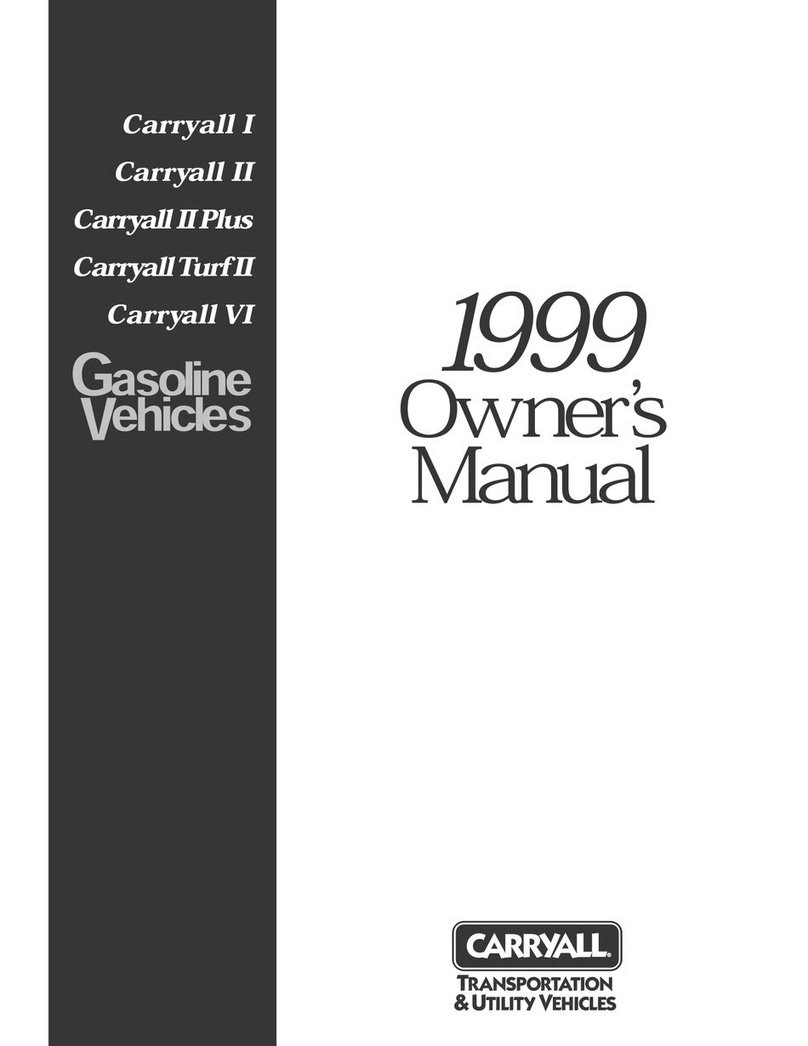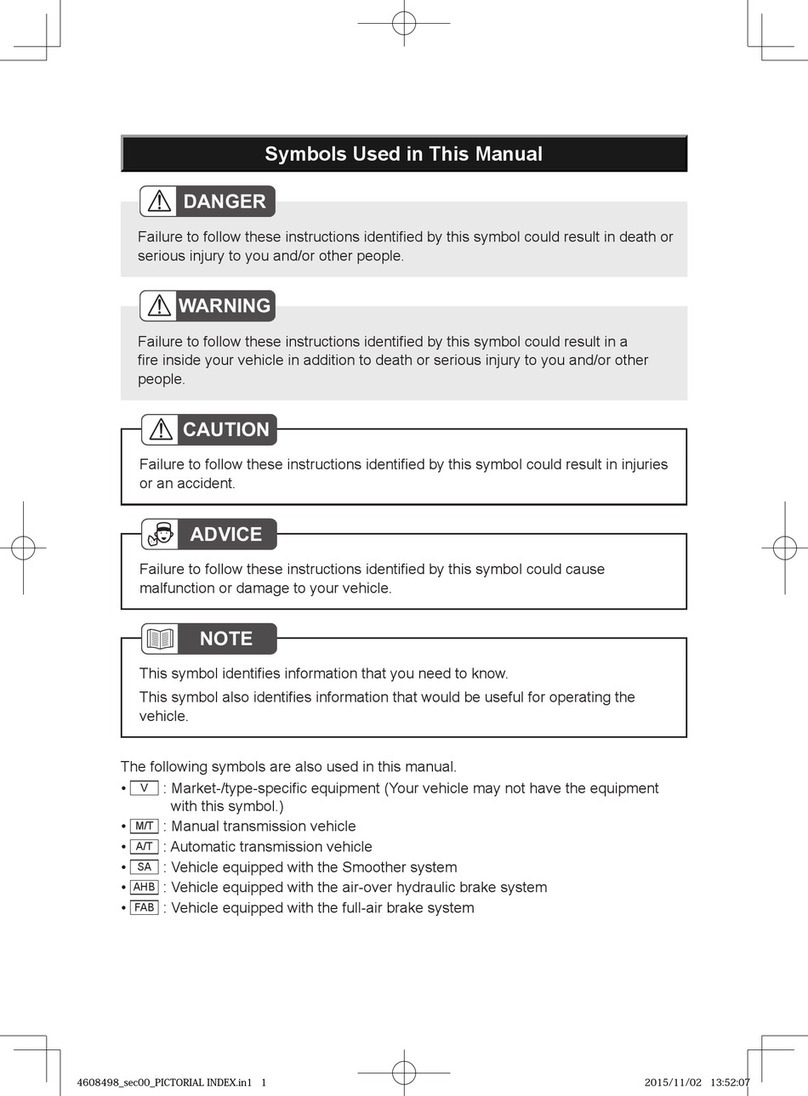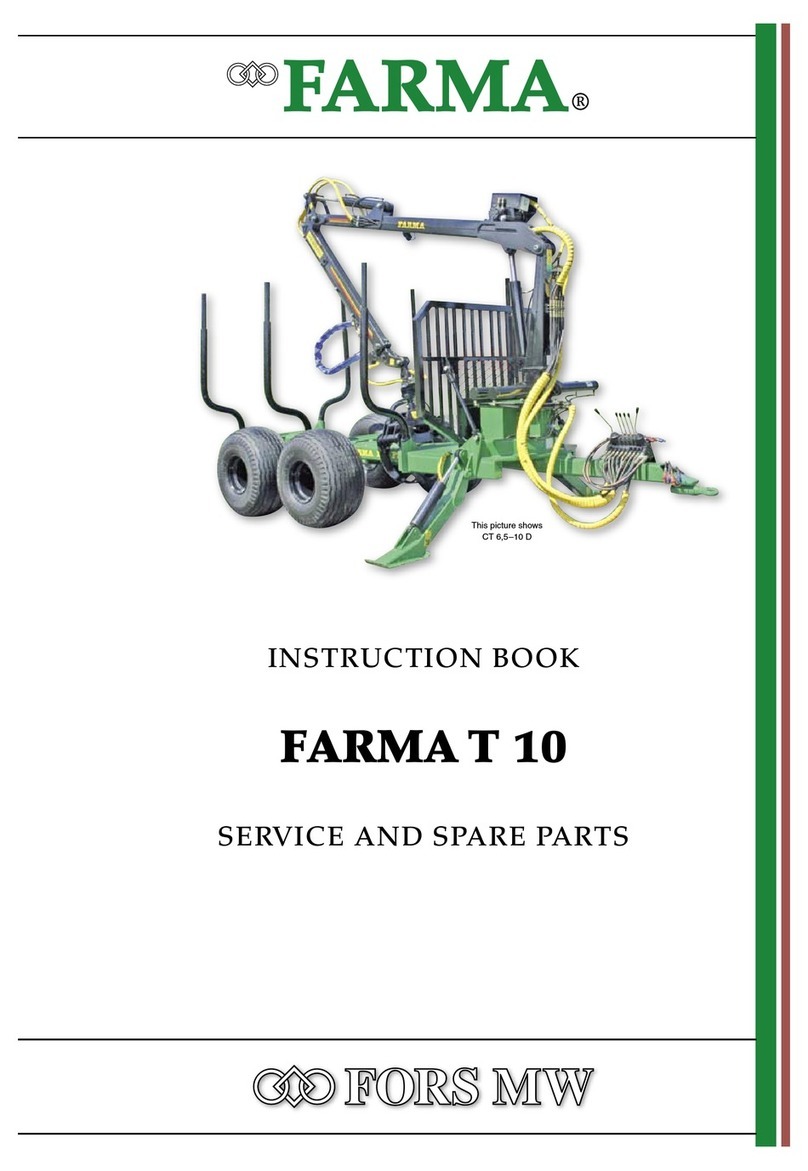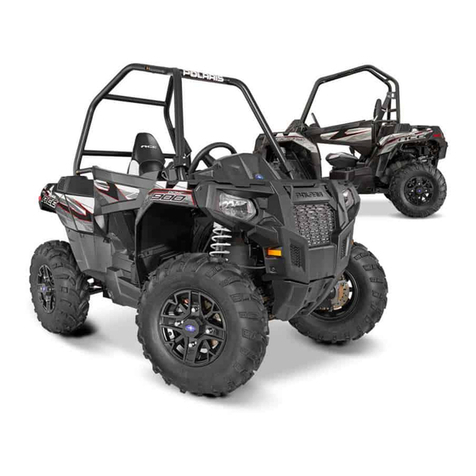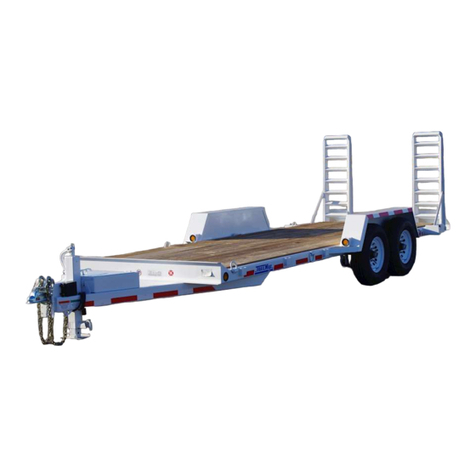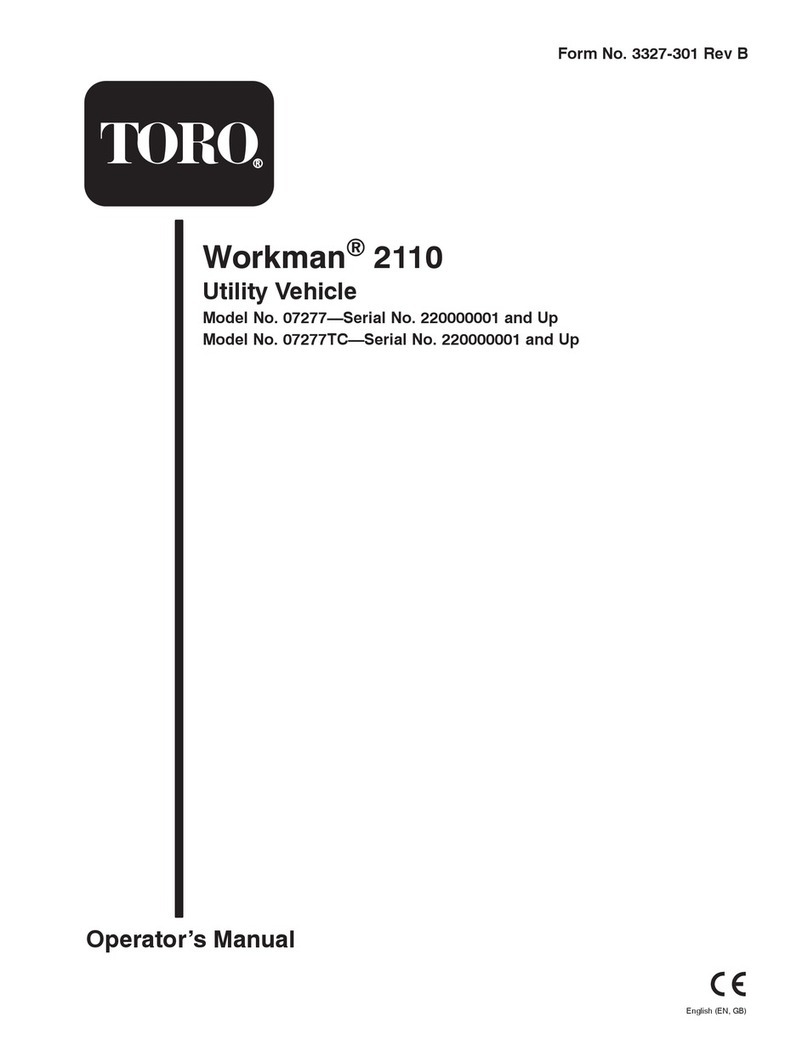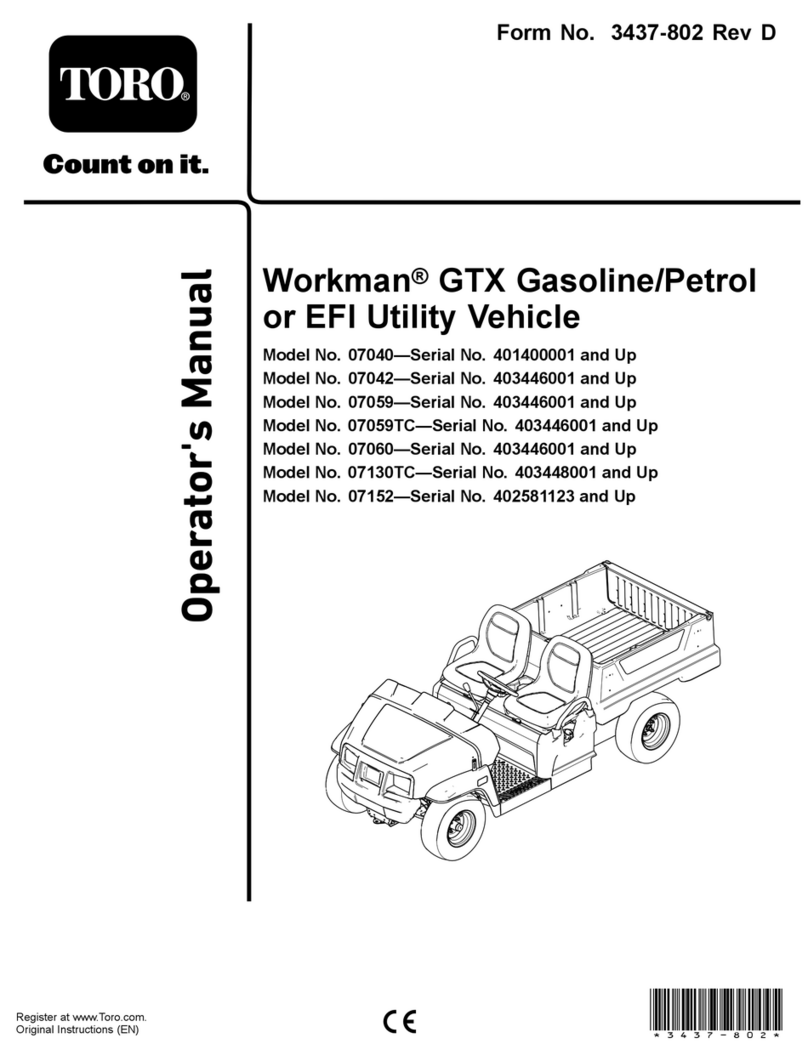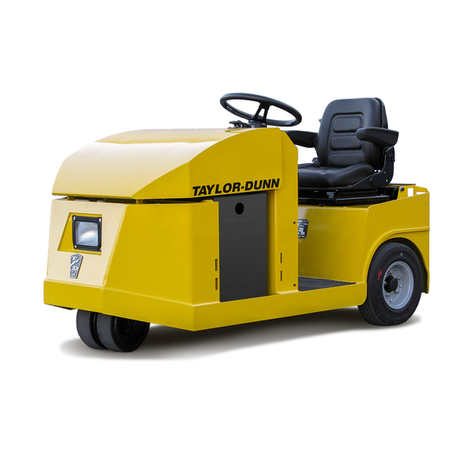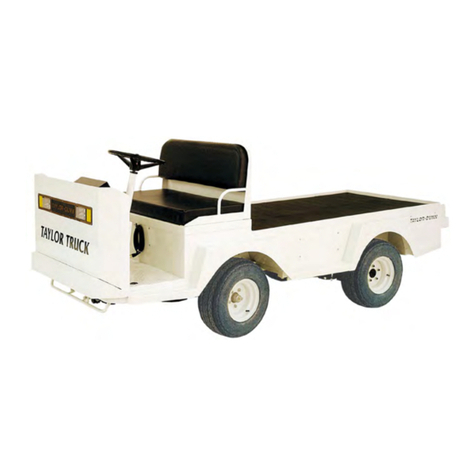
IMPORTANT INFORMATION
- 1–2 -
Vehicle identification plate:
The vehicle identification plate is attached
to the interior side of the cab side panel
on the right side.
CORRECT CARGO LOADING
Overloading and uneven loading are very
dangerous. Please use the correct loading
based on the standard maximum load.
Wrong loading may cause unstable
operation, overload on one of the axles,
and an excessive load on the wheel bolts.
This is a major factor of the accident that
a wheel comes off due to wheel bolt
breakage. Also, the cargo bed and frame
will be damaged.
WARNING
Overloading not only shortens the
service life of your vehicle, but also
creates serious potential safety
hazards.
The weight of the payload must be
limited within the GVM rating and
distributed over the front and rear
axles so as not to exceed the axle
capacities.
Wrong loading may cause unstable
operation, overload on one of the
axles, and an excessive load on the
wheel bolts. This is a major factor of
the accident that a wheel comes off
due to wheel bolt breakage. Also,
the cargo bed and frame will be
damaged.
Refer to "MAIN DATA AND
SPECIFICATIONS" for GVM and Axle
capacities.
QKR-IE-14424805234ALL.indb1‒2QKR-IE-14424805234ALL.indb1‒2 2017/09/2713:34:362017/09/2713:34:36


